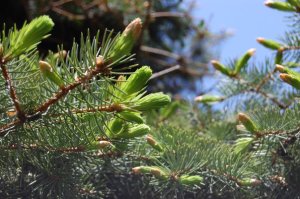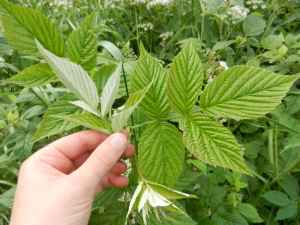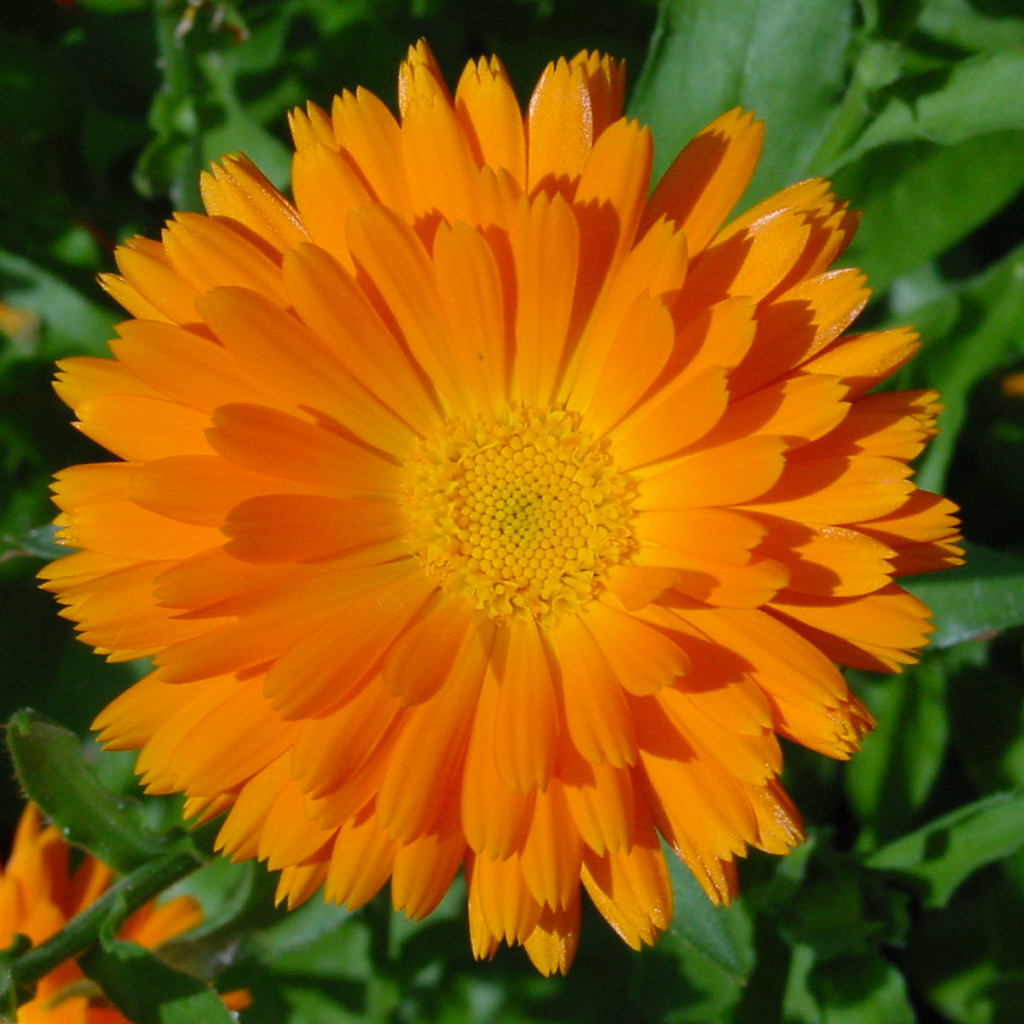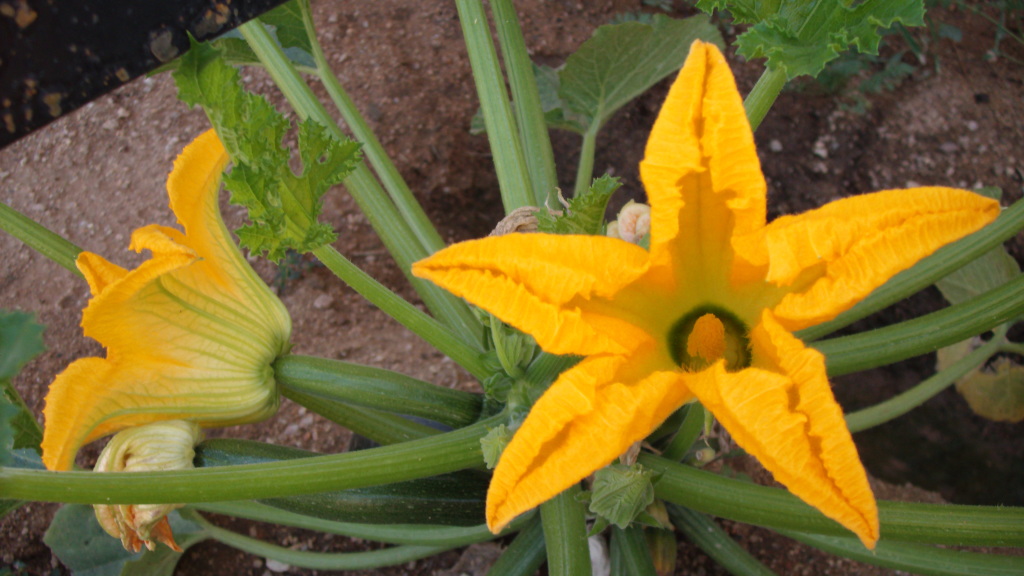Fancy a cup of tea with herbs freshly picked from the garden? How about a snack made with wild nettles and oregano? Back in the land of saunas and Moomin, we found Finland beautifully in bloom! The people of Solbacka strive to live in tune with their surroundings, so they love the chance to use what nature has provided. I was so excited to start learning about all the herbs and food that the Finnish wild has to offer.
Cup of tea?
Spruce tips
 The newly grown, bright green tips of spruce branches are slightly tart, with a hint of pine, and packed with vitamin C. Delicious to eat by themselves, they also make a wonderful tea! A favourite blend of mine I discovered was spruce tips, raspberry leaves, and blueberry leaves; nice, light, and sweet. They can also be made into a dark green syrup that is delicious on pancakes and in porridge. Check out a recipe that I got from our Finnish host here!
The newly grown, bright green tips of spruce branches are slightly tart, with a hint of pine, and packed with vitamin C. Delicious to eat by themselves, they also make a wonderful tea! A favourite blend of mine I discovered was spruce tips, raspberry leaves, and blueberry leaves; nice, light, and sweet. They can also be made into a dark green syrup that is delicious on pancakes and in porridge. Check out a recipe that I got from our Finnish host here!
Raspberry leaves

Great for tea, especially for women. Our host in Poland told me that the best leaves to use were the ones that still have a whitish colouring on the bottom (which they lose as they mature). They’re great for gastrointestinal tract issues, respiratory system problems, and a variety of other ailments. For women in particular raspberry leaf tea can help with irregular or painful periods, to ease childbirth, and eases morning sickness (though check with your physician first before using raspberry leaves during pregnancy, especially the early stages!).
Blueberry leaves

Rich in antioxidants! In particular polyphenols, blueberry leaves are even higher in their antioxidant content than blueberries themselves. Blueberry leaves make a nice tea and their high antioxidant levels can be used to help with inflammation, lowering blood sugar, and even improving brain and memory functions! Pick them when they’re young and bright green and make a tea with the fresh leaves or dry them to use year-round.
Nettles
This was a pretty versatile contender at Solbacka. We used them in stews, teas, soups, you name it. Sautéing, steaming, boiling, or drying all take the sting out of the nettle leaves, but make sure you wear gloves when you’re picking fresh stuff. It’s best to pick the new growth as the older growth tends to be tough, not very nice tasting, and can accumulate cystoliths which aren’t so good (though drying takes care of them). All parts above ground can be used and eaten, but we always preferred the leaves. Nat and I loved these back home too, they taste a bit like spinach when steamed and are great as a tea. Nettles are rich in vitamins and minerals, including vitamins A, C, iron, potassium, manganese, and calcium. They’re even a decent source of protein!
Time for a snack…
Edible flowers
Wait a minute, edible flowers? You better believe it! Some you can find out in the wild just about anywhere and others are growing in your own garden, right under your nose, pretending they’re just a pretty face. Borage is one of my favourites, it tastes like sweet cucumber. Nasturtiums are spicy, tasting a bit like radishes, and give a nice bit of colour to salads. Calendula, squash blossoms, and chive flowers are great additions to cooking, the possibilities are endless!
Blueberries, strawberries, raspberries, lignonberries, oh my!
The berries were just starting to ripen towards the end of our stay in Finland, but we did manage to sneak a few! The path up to the lake was filled with blueberries, so you could snack on your walk up. And raspberry and strawberry plants are everywhere! Yum!
Look at the magic you can make with a bit of a rummage around the garden!
Bam! Mind blown. There was so much more out there that I could write about, the people at Solbacka are amazing. Herbs for dying clothes, to help a headache, for colds and flus, and those that are just delicious! Let’s not forget about wild mushrooms, roots, and fruits. When we get back to Canada I’d really like to read more into what you can find by doing a little foraging on a nature hike. Who knows what deliciousness has been hiding from me all these years.





